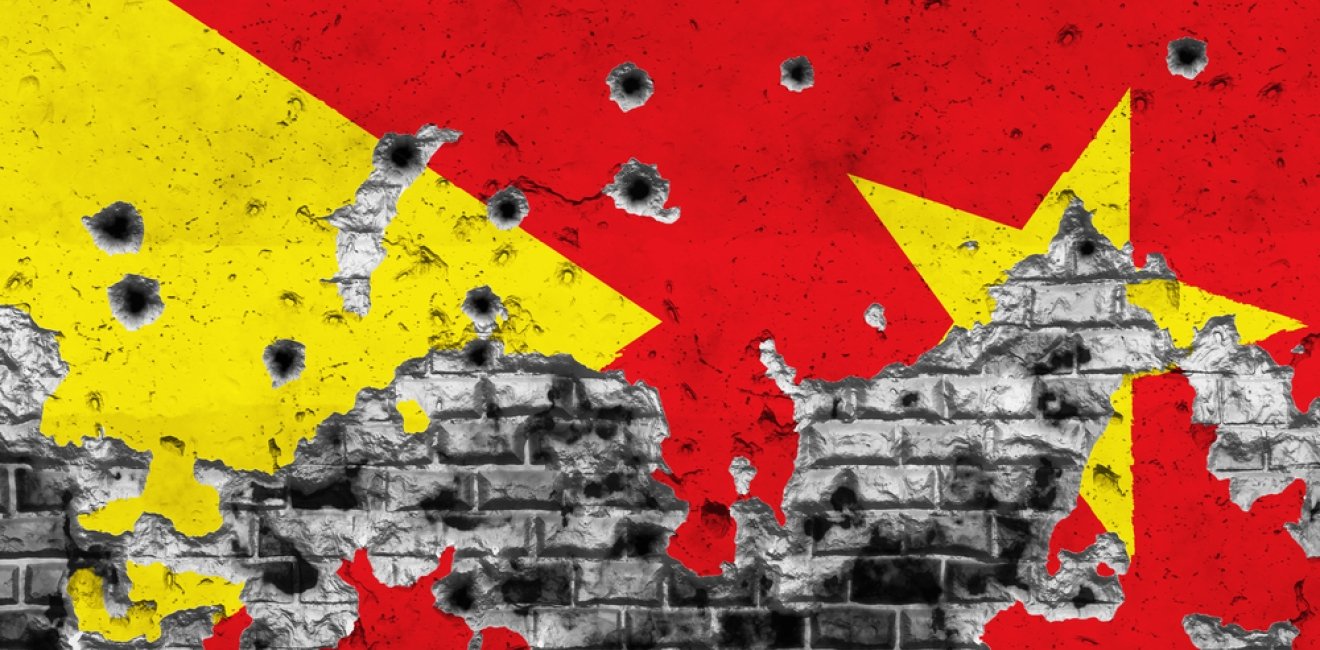
A blog of the Wilson Center

While much of the world is understandably focused on Putin’s war on Ukraine, Ethiopia’s Tigray crisis is actually today’s largest conflict.
The conflict in Ukraine has been called an “era-defining crisis,” and its impact is being felt in nearly every corner of the globe. However, the conflict in Ethiopia is an active humanitarian catastrophe that is receiving little attention from the West.
Since Ethiopia’s Tigray conflict began in November 2020, an estimated 350,000 to 500,000 combatants have taken up arms, and as many as 600,000 civilians have died in the violence, according to researchers from Belgium’s Ghent University. With the destruction of hospitals and emergency clinics, and rampant food insecurity fueling the staggering civilian death toll, this conflict has led to several compounding humanitarian crises.
The region’s inaccessibility and government-imposed blackouts have often made it difficult to obtain accurate information, however, death toll estimates are stark: 50,000 to 100,000 victims of direct killings, 150,000 to 200,000 deaths by starvation, and more than 100,000 additional deaths caused by a lack of access to health care.
After the end of a five-month “humanitarian truce” that began in March and allowed aid to access northern regions of Ethiopia, violence resurged in August. In September, Eritrean troops re-entered the conflict allied with Ethiopian troops in the Tigray region, and attacks have intensified. The United Nations Secretary General Antonio Guterres has called for an “immediate withdrawal and disengagement of Eritrean armed forces from Ethiopia” as civilians continue to “pay a horrific price.”
Last week, the African Union announced that following a heavy offensive by government forces, it would sponsor peace talks. Those talks started on October 25th.
Following the 2018 election of Prime Minister Abiy Ahmed, which pushed the Tigray People’s Liberation Front (TPLF) from power for the first time in decades, the TPLF retreated to the northern Tigray region, a region they dominate politically and ethnically.
Political defeat eventually became an armed separatist conflict…an especially brutal one for which the United Nations issued a September report finding widespread evidence of “war crimes and crimes against humanity” by all sides—including but not limited to torture, ethnic cleansing, extra-judicial killings, and widespread sexual violence.
In the northern Tigray region, the area aligned with the separatist TPLF, hundreds of thousands of people have been displaced. Food insecurity has become a significant threat throughout the war, with the country facing famine-like conditions. According to the United Nations, more than 20 million people are estimated to be food insecure in Ethiopia due to drought, violence and conflict, high inflation, and blockages of aid relief to suffering regions like Tigray. An April 2021 report by the World Peace Foundation argued that the Ethiopian and Eritrean governments were using starvation as a deliberate strategy—and a violation of international criminal law.
For the development community, Ethiopia’s conflict has an additional tragic element. Ethiopia had been making huge strides in tackling public health challenges, extreme poverty, and food insecurity. All of that now seems lost, with innocent civilians likely to feel the impact for many years to come.
Author

Explore More in Stubborn Things
Browse Stubborn Things
Spying on Poachers

China and the Chocolate Factory

India: Economic Growth, Environmental Realities
